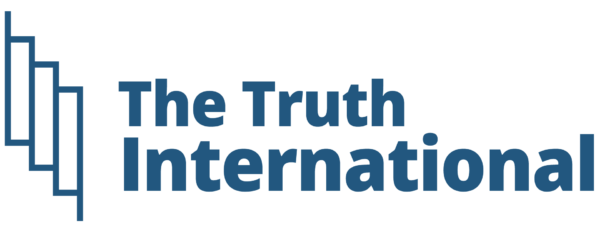Once known for the signature etched at the bottom of Canadian banknotes, Mark Carney is now preparing to inscribe his name into the top tier of the nation’s political story.
With just days remaining before Canada’s snap election, Carney—who has never run for a parliamentary seat or held elected office—is on the brink of becoming the country’s 24th prime minister.
His sudden rise has shocked even the most experienced observers of Canadian politics. In a political landscape that usually favors gradual transitions and behind-the-scenes succession plans, Carney’s rapid ascent has felt more like a corporate takeover than a traditional leadership shift.
Now the odds are firmly in his favor. Betting markets place his chances of retaining the premiership at an overwhelming 80 percent.
Meanwhile, Conservative leader Pierre Poilievre, once seen as the clear favorite, is slipping in the polls as public sentiment swiftly shifts toward Carney.
Yet, numbers alone don’t capture the full story.
At 59, Carney boasts a resume that reads like a blueprint for global leadership: degrees from Harvard and Oxford, high-level stints at Goldman Sachs, and governorships at both the Bank of Canada and the Bank of England. His entry into politics came just last month, when he was elected leader of the Liberal Party following Justin Trudeau’s announcement in January that he would step down after nearly ten years in office.
Nicknamed the “rock star banker,” Carney took the reins of the party in March and, within nine days, called a national election — a bold move that shocked many. But for Carney, calculated risk is second nature.
Throughout his career, he’s made consequential decisions in high-stakes environments — first on Wall Street, then during the 2008 financial crisis when he helped shield Canada from economic disaster. In 2013, the UK appointed him as the first non-British governor of the Bank of England, where he provided steady leadership through turbulent times marked by Brexit debates, austerity, and political upheaval.
Now, Carney appears ready to bring that same sense of stability — and perhaps disruption — to Canada’s highest office.










